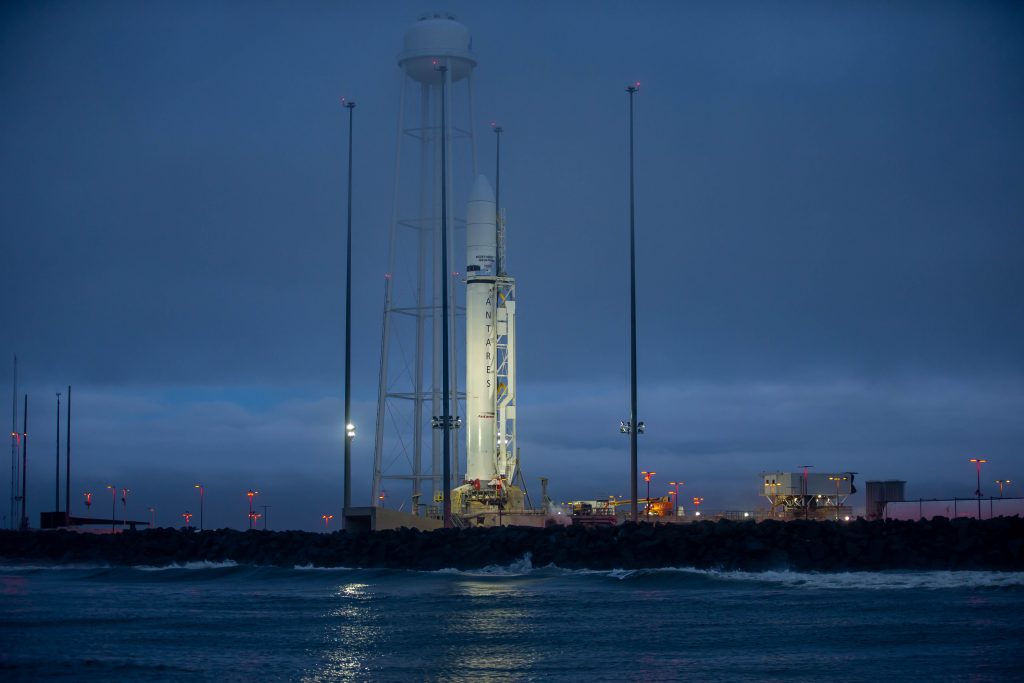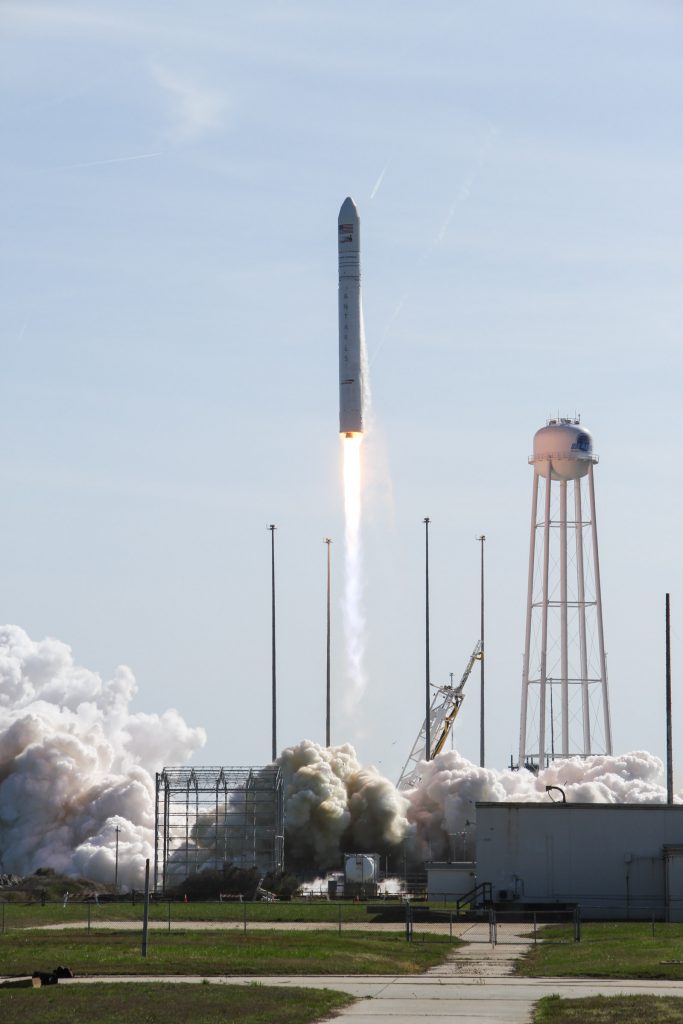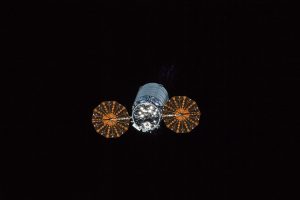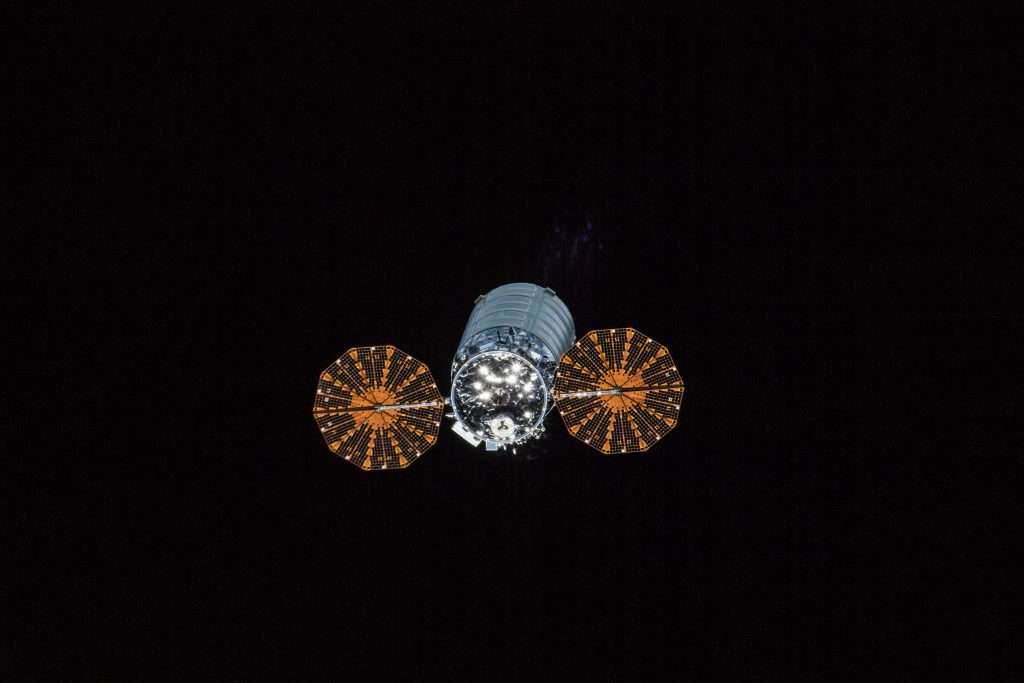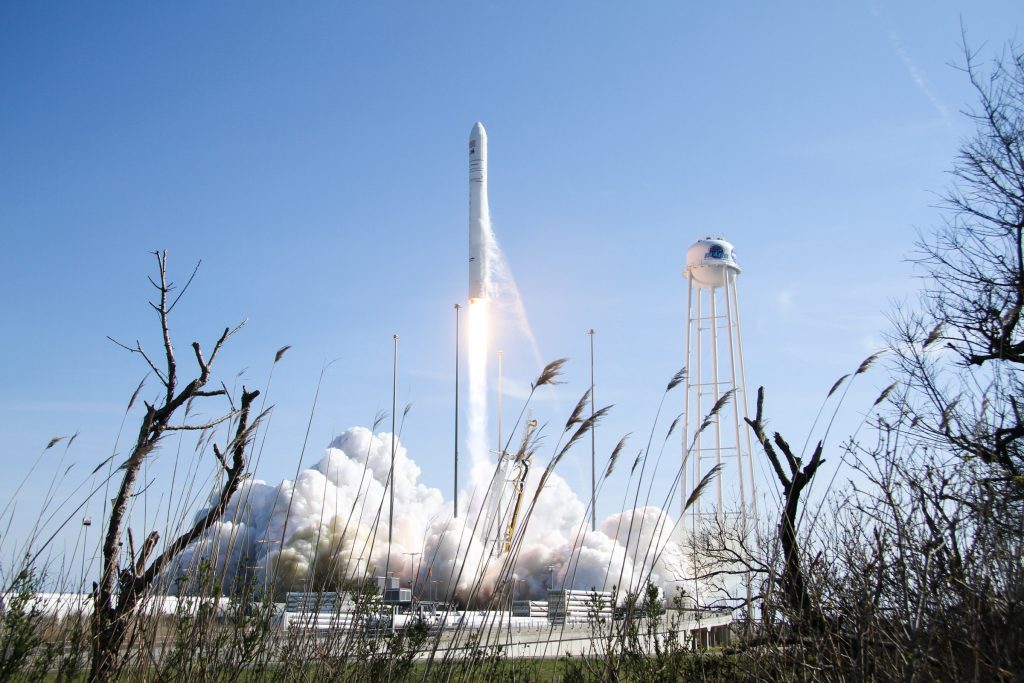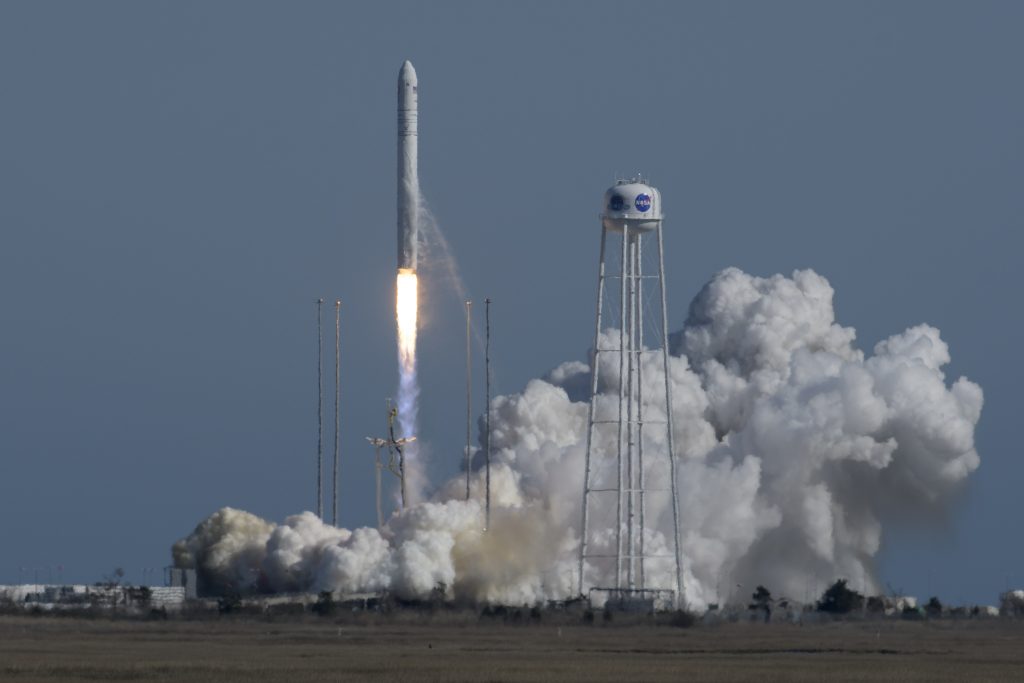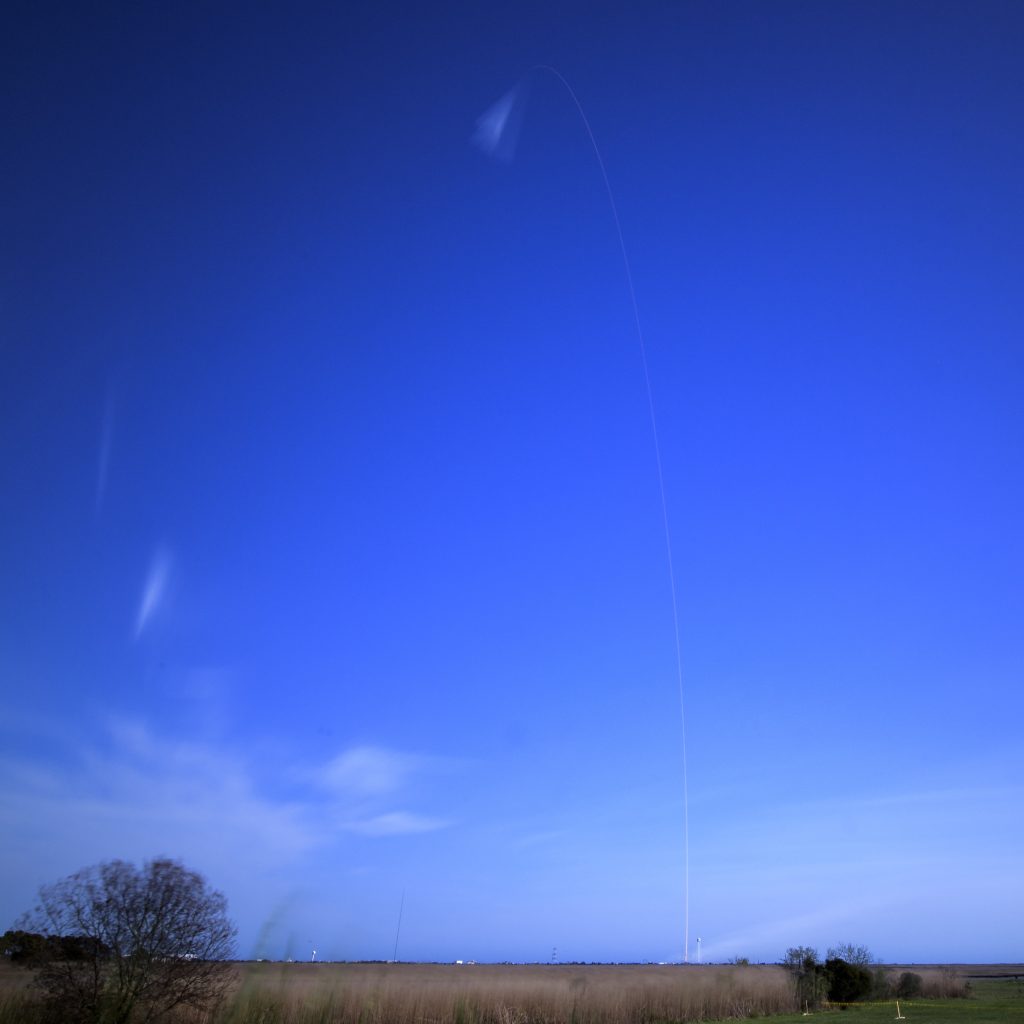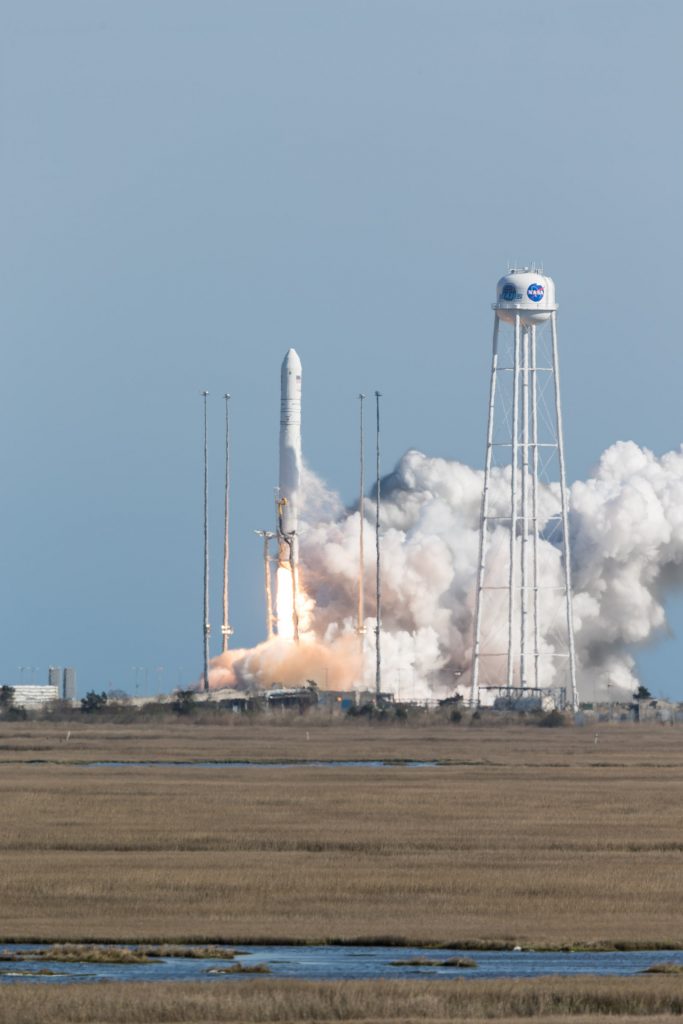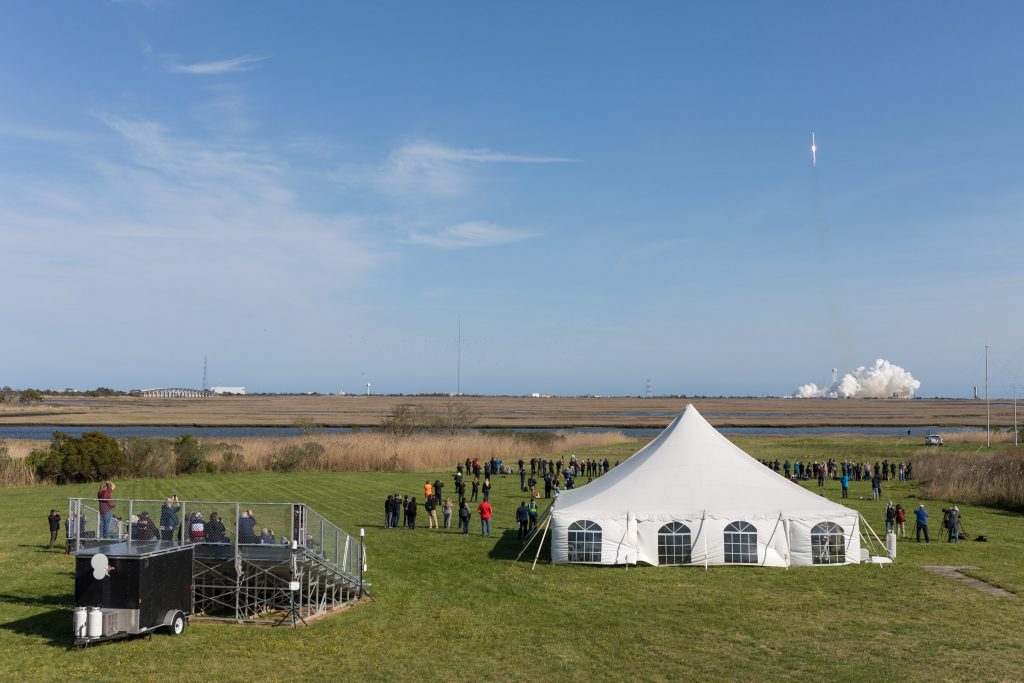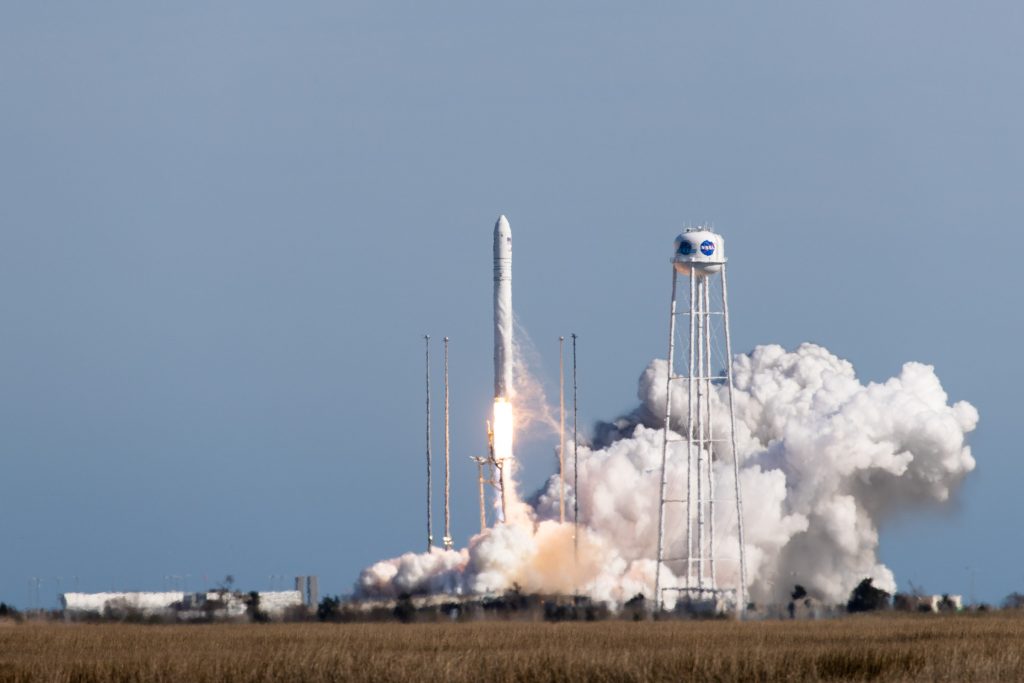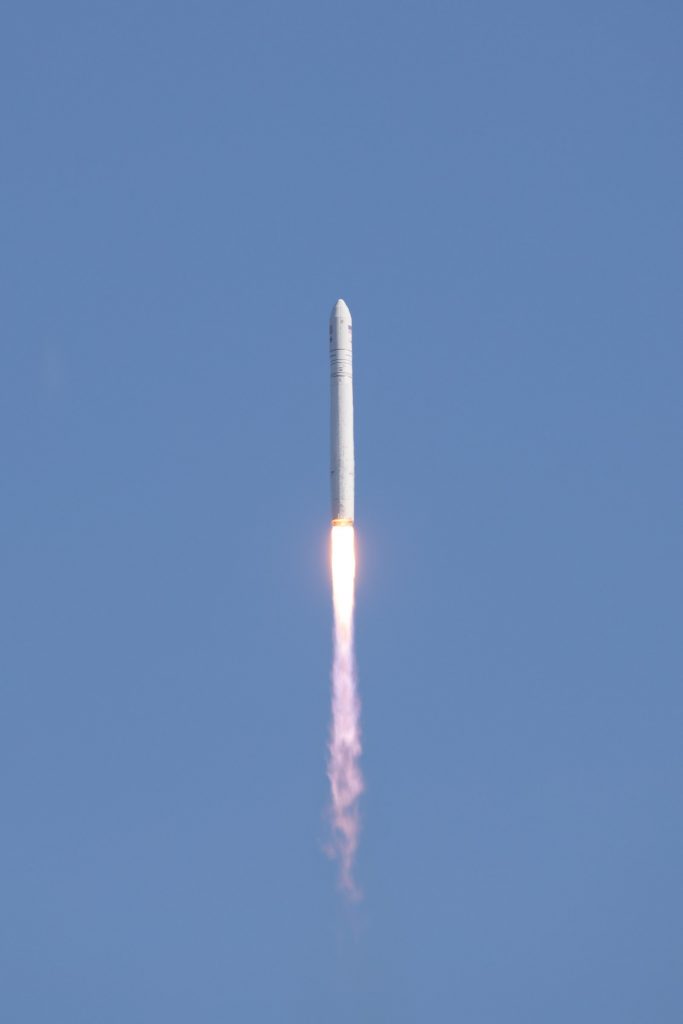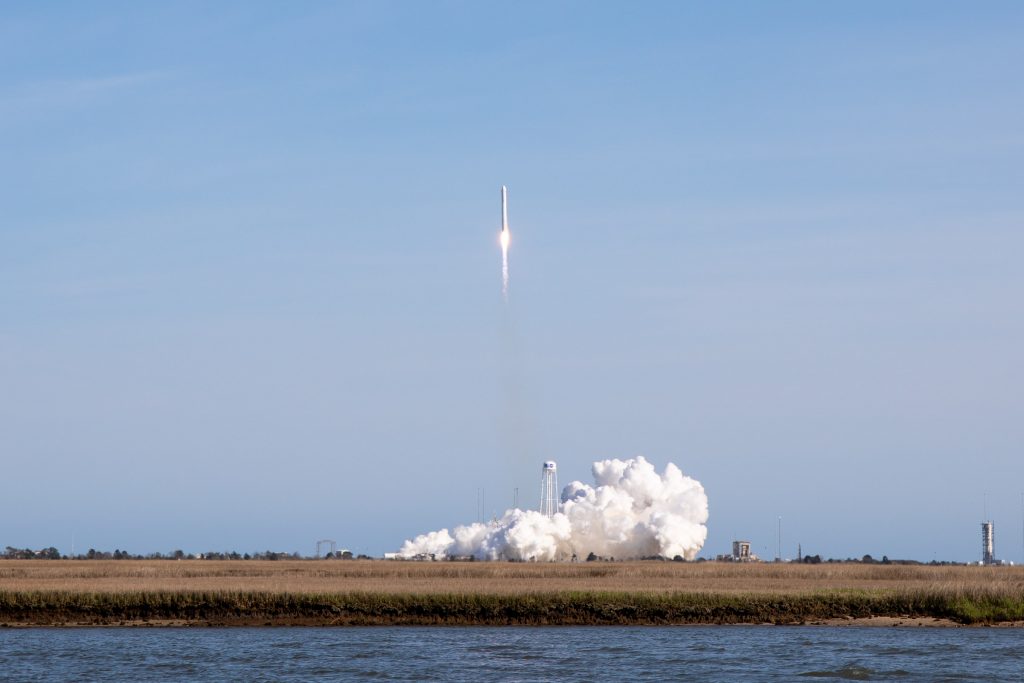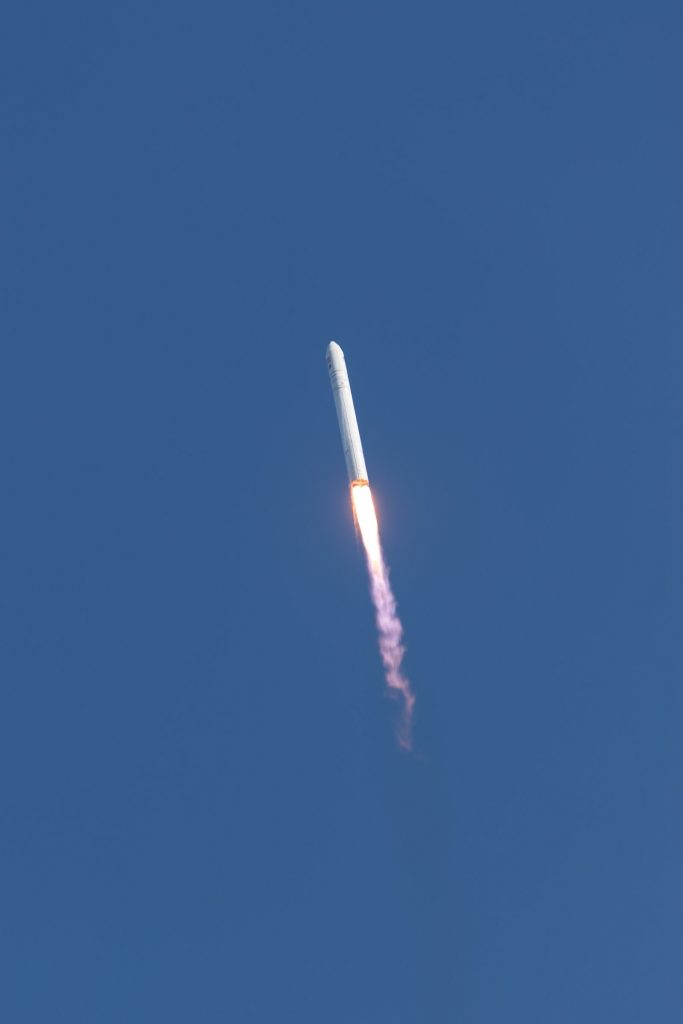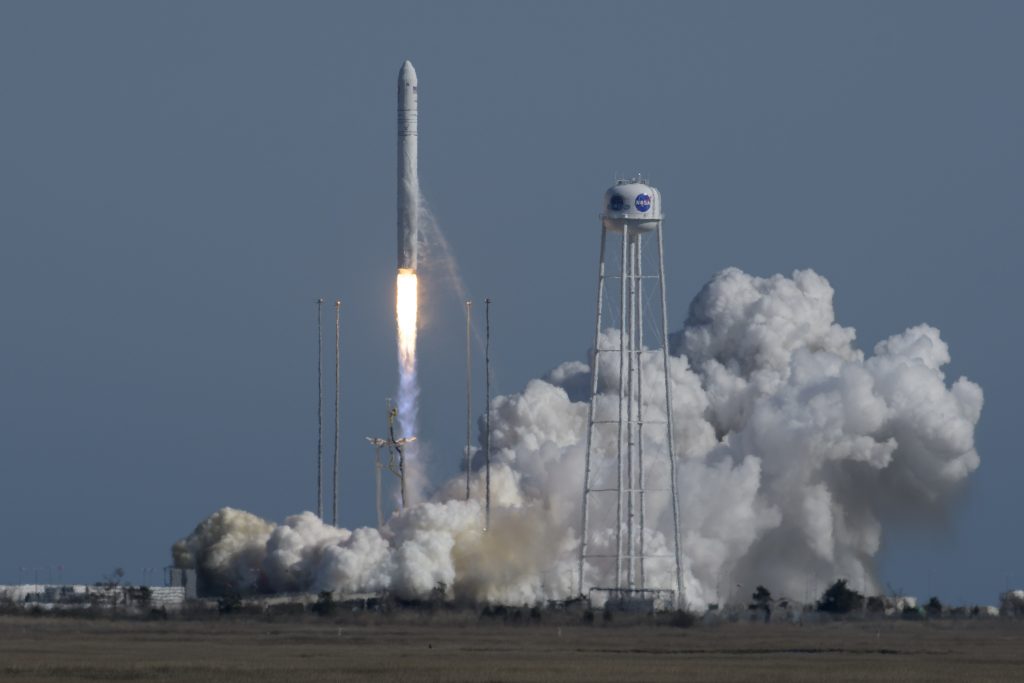NASA commercial cargo provider Northrop Grumman is targeting Thursday, Oct. 1, for the launch of its 14th resupply mission to the International Space Station. The five-minute launch window opens at 9:38 p.m. EDT.
This afternoon’s Wallops Launch Range forecast for Oct. 1 has weather remaining at 70% favorable, with the primary concerns being cloud ceilings and thick clouds.
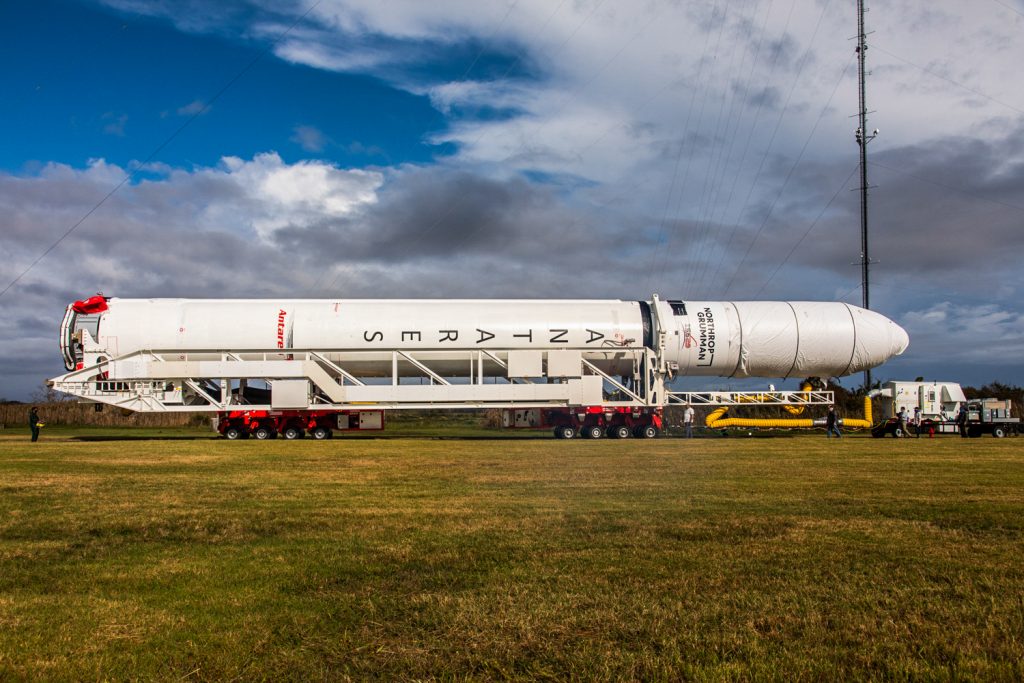
An upper level trough and associated frontal boundary will approach the region tonight, providing more humid conditions along with scattered showers and thunderstorms later this afternoon and evening.
A weak low will develop along the front near the Carolinas. That will bring heavy rain and thunderstorm chances in the Wallops region tonight. There are additional rain chances through early morning Wednesday, Sept. 30.
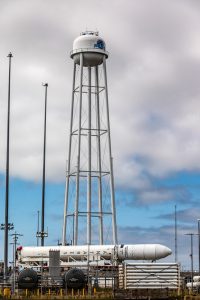
Weak high pressure then briefly develops Wednesday into early Thursday, allowing for dry conditions and less clouds before weak upper level energy brings another chance for increased cloudiness and a very slight chance of a sprinkle Thursday night.
Loaded with nearly 8,000 pounds of research, crew supplies, and hardware, Northrop Grumman’s Cygnus cargo spacecraft will launch on the company’s Antares rocket from Virginia Space’s Mid-Atlantic Regional Spaceport at NASA’s Wallops Flight Facility in Virginia.
The Cygnus spacecraft, dubbed the SS Kalpana Chawla, will arrive at the space station Sunday, Oct. 4. Expedition 63 Commander Chris Cassidy of NASA will grapple Cygnus and Flight Engineer Ivan Vagner of Roscosmos will act as a backup. After Cygnus capture, mission control in Houston will send ground commands for the station’s robotic arm to rotate and install it on the bottom of the station’s Unity module. Cygnus is scheduled to remain at the space station until mid-December, when it will depart the station. Following departure, the Saffire-V experiment will be conducted prior to Cygnus deorbit and disposing of several tons of trash during a fiery re-entry into Earth’s atmosphere approximately two weeks later.

